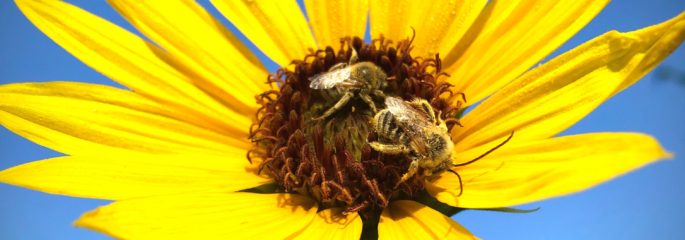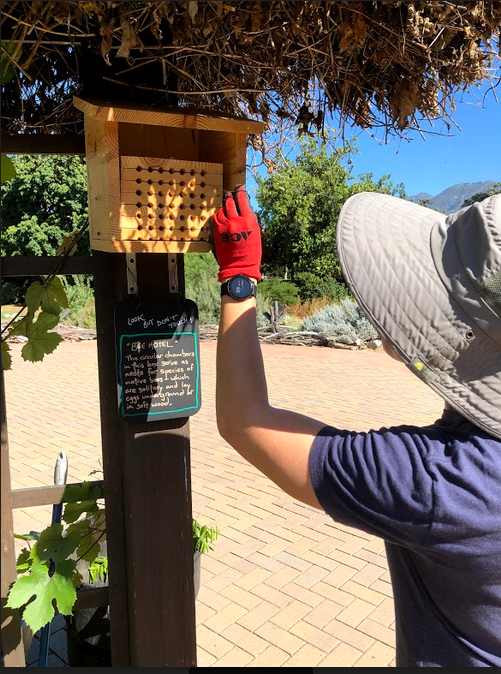Home » Crescent Farm » Creating Habitat
Creating Habitat


Habitat is the available healthy circumstances for a creature. That health depends on the right assembly of resources that guarantees an animal’s success. That collection normally includes food, water and a safe nesting place.
Whether it’s lizards, butterflies, turtles or dragonflies – the Crescent’s almost-acre supports a lot of smaller wildlife because of awareness around providing reliable habitat. The rich pageant of small creatures includes many extraordinary pollinators including some fascinating butterflies and the Pink-lined Sphinx moth, and, early on, we at the Crescent became smitten with the numerous native bee species that we gradually observed in the landscape. Later, we understood that it was the diversity of our plantings and the overall dominance of native species that accounted for their multiplying presence.
At the Crescent we’ve researched how to supply the correct resources for these creatures so beneficial to the landscape. It became a focus for us – providing habitat for native bees. Along with the year-round availability of flower nectar and pollen and a water source, we learned that very particular nesting needs must be provided. Many native bees, in fact, nest in the ground or in abandoned wood debris. So our endeavor to provide that healthy habitat includes the Crescent Farm’s re-purposing of wood debris from onsite, at the Arboretum. This debris assists a number of creatures, from fence lizards to wrens. Native bees might use the abandoned holes of woodpeckers. Other efforts you can witness include a variety of mulches used across the landscape some of which are left unwatered and undisturbed. We even have human-made bee nesting boxes on site that are regularly monitored.
We’ve come to believe that it’s not difficult to plan and create a garden that helps mitigate habitat loss. Come share our results, spot some cool bees and bring your questions!

